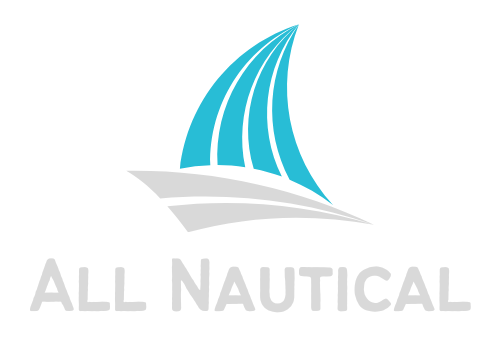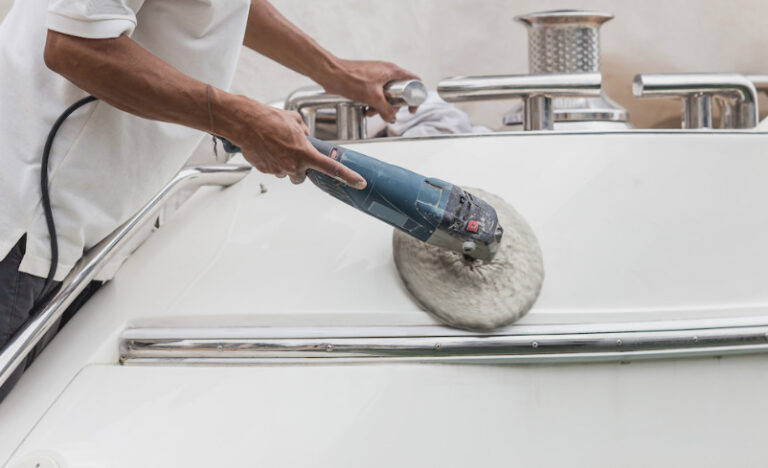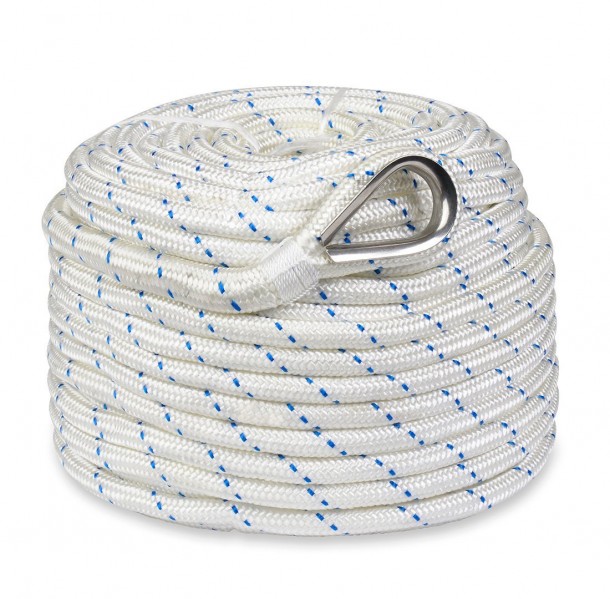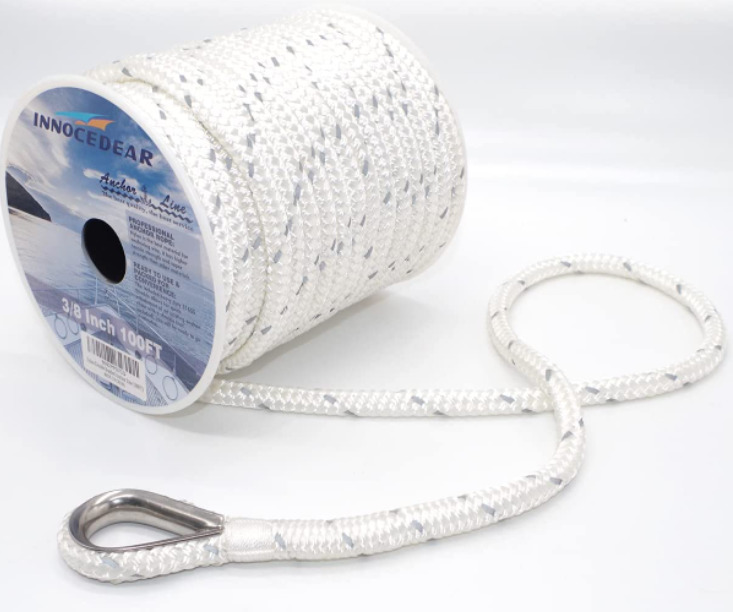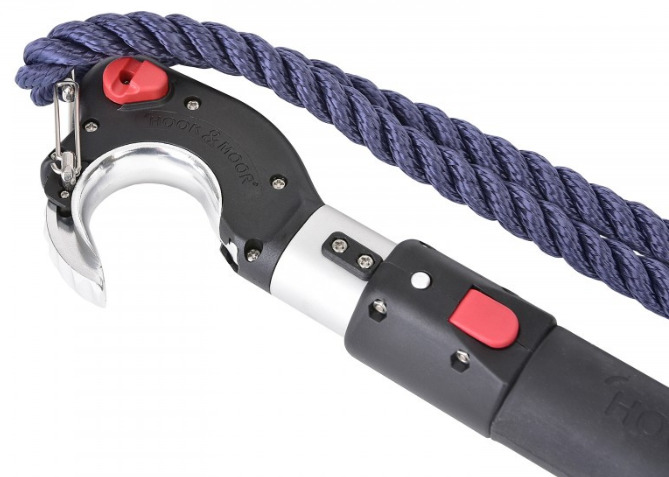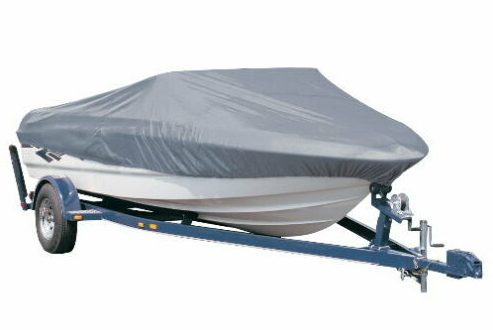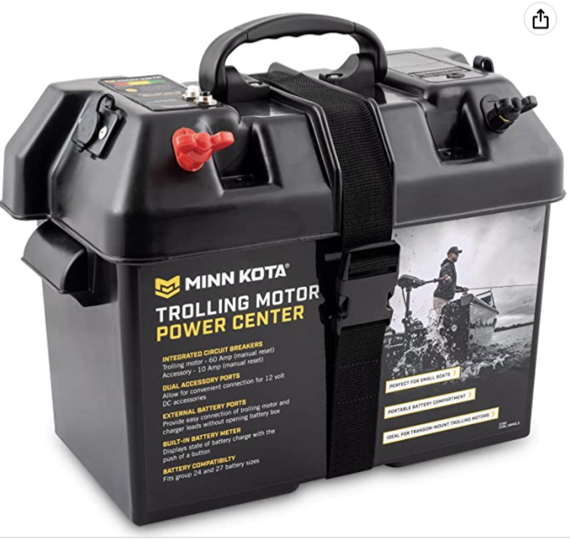Last Updated on October 4, 2022 by Brian Drew
To derive immense pleasure in any water sports like boating, water skiing, or wakeboarding, it is crucial to get equipped with proper safety gear. Though water-based activities are fun-filled and adventurous, one has to be alert to avoid any disaster.
In case of mishaps due to natural calamities or problems occurring in boating hardware, the first thing that strikes people’s minds is getting drowned.
Even if they know swimming, the fear of drowning makes them incapable of tackling the problem themselves. Practicing safety measures and stocking up life preserving tools like life jackets and life vests are essential to safeguard one’s life.
Managing Personal Safety in Water
Certain simple but useful tips will help us to be safe while indulging in water sports or during traveling by sea.
- Acquiring proper knowledge about the safety measures to be followed while on board.
- Checking for any hardware repairs and restoring the same will prevent the misfortune.
- Stock personal flotation devices like life vests to be used in case of emergency.
- The user should be familiar with how to go about with personal safety tools available on board.

Personal Flotation Device
One of the most important tools to prevent drowning is a personal flotation device (PFD). A PFD is a tool designed to help the user keep afloat in water till assistance is given by external sources.
The PFDs are manufactured in different sizes, shapes, and designs to suit the needs of varied customers and also for different water-based activities. Some of the PFDs that are used by water sports personnel or travelers are jackets, life vests, life belts, inflated dingy, and more.
These life-saving gears are well-designed to help both conscious and unconscious wearers.
Benefits of Using PFDs
While undergoing a boat trip or a water sport, taking precautions is always better than facing problems. Every person on board should possess a well-fitted and standard floatation device. It is mandatory to wear the best life jackets or any other safety gear always while in water. A good floatation device helps in the following situations:
- When the boat overturns in turbulent water.
- When the boat gets collided with another vessel or any objects like rock unexpectedly.
- When the people traveling on board get thrown out of the boat due to overturn or collision.
- When the boat starts sinking due to unpredicted natural calamities.
- When someone loses balance while on board or during any activities like fishing, skiing, etc.
Rules for Selection of Flotation Gears
Once you have decided to buy a Personal floatation gear, the next step is to research for the best PFD available that meets your requirement both quality and performance-wise.
Flotation gears of varied sizes and designs are available to cater to adults, young adults, and children. Some of the tips to be followed while getting a life jacket or a PFD:
- Should be made with high-quality material.
- Should be in good condition without any tears, broken or ragged parts.
- Should have an uncomplicated design and must be easy to use in case of emergency.
- Should be well-fitted to suit your size and weight.
- Must be approved to use in different types of water-based activities.
Types of PFDs
While dealing with life-threatening one has to be alert and prepared to face the issues fearlessly. Investing in the right and standard personal flotation devices will help to meet the challenge posed in water.
Purchasing life jackets or any other safety gear from a reputed company that guarantees a great level of protection makes our sailing time comfortable. PFDs are being produced in various colors, comfortable sizes, and shapes to fit people with different tastes.
Complete research on a variety of PFDs available in the market aids in choosing the right kind of living-saving gear.
Basically, these gears are classified into five types depending on their size, design, the material used, and also based on the activity in which it is used. Let us have a quick overview of all these types.
Type I
- It is also known as off-shore lifejackets that have more incredible buoyancy than any other variety.
- Its buoyancy level ranges to approximately 22 lbs.
- These jackets work excellently in all water conditions even in rough or turbulent water.
- It looks heavier and bulkier than Type II or Type III PDFs.
- The most important aspect of these jackets is it retrieves the senses and awakens the most unconscious persons.
- An ideal jacket to use in places where assistance cannot reach quickly.
- Made in various sizes and shapes to cater to all age groups from adults to kids.
- Suitable for activities like cruising, racing, etc.
Type II
- Type II Personal safety devices are popularly known as near-shore buoyancy vests.
- Suitable to use in open water or in any water body that is calm and where help will be provided at the earliest.
- Its buoyancy measures to 15.5 lbs approximately and weigh less than Type I flotation devices.
- It is more expensive than any other type of PFDs.
- They are not suitable to be used for long hours in rough water.
- Helps to turn unconscious people to face up in the water in some cases.
- Mostly used in boating, day cruising, fishing, and sailing.
Type III
- Type III PFDs or simply known as flotation aids are used in open water.
- It is the most comfortable PFD and is widely used among people who enjoy recreational activities like fishing and boating.
- Its buoyancy ranges from about 15.5 lbs.
- It is made using high-quality material and is available in many styles and designs.
- While using this tool, the wearer needs to be in a vertical position and gradually try turning themselves into a face-up posture in the water.
- It is not advisable to use it for a long duration in rough water where getting help takes time.
Type IV
- Type IV PFDs are specifically designed for a wearer who is struck by a mishap but still has consciousness.
- Usually, this safety equipment is thrown to the person who is maneuvering ways to save his life from turbulence.
- Some of the popularly used Type IV PFDs are buoyant cushions, life rings, horseshoe buoys, and more.
- These aids are not suitable for unconscious people, non-swimmers, or kids.
Type V
- Type V personal flotation devices are meant for specific activities and their purpose is well-described in their label itself.
- Users have to follow the specification given in the label and use it accordingly in various activities.
- It is also known as a full body survival suit as its a high level of protection in any kind of water.
- Best suited to be worn in cold weather. It becomes slightly warm when used in a hot climate.
- The user can wear continuously thus helping to be prepared for any trouble while on board.
Conclusion
To have a memorable boating experience or to indulge in adventurous water sports one has to get equipped with the right kind of personal safety devices. After all, being prepared and alert to face unexpected challenges in water is better than having causalities.
Gaining knowledge about the types of PDFs available and choosing the right one is very essential for a good sail.
